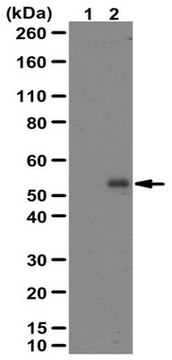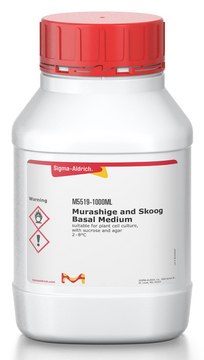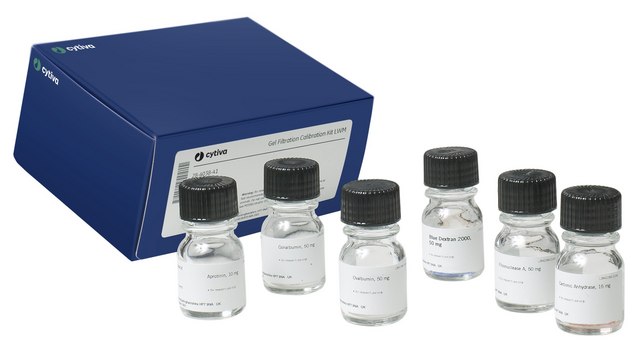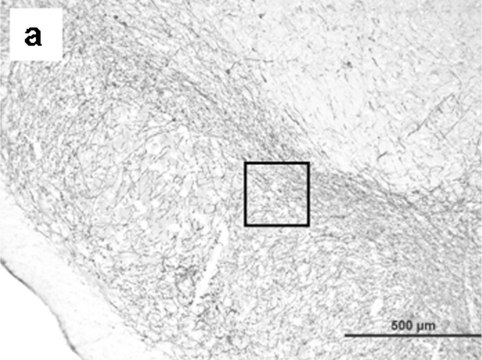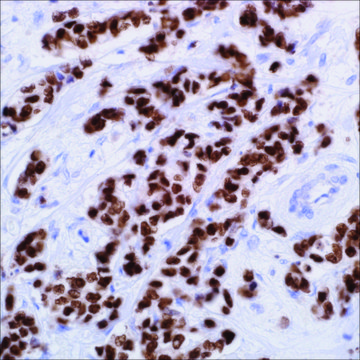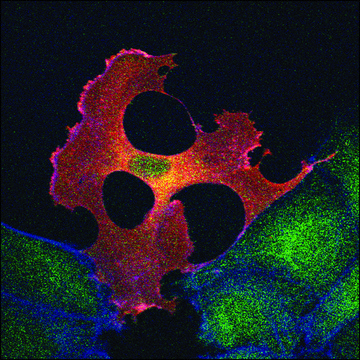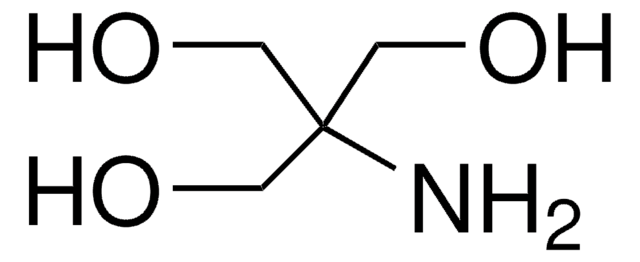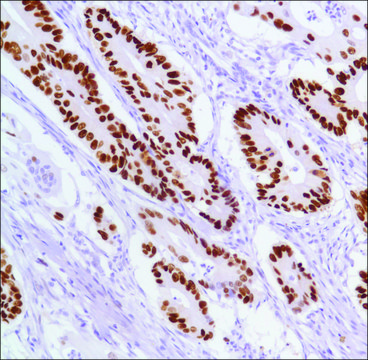AB3849
Anti-Smad2 Antibody, phospho-specific (Ser465/467)
Recommended Products
biological source
rabbit
antibody form
affinity purified immunoglobulin
clone
polyclonal
purified by
affinity chromatography
using Protein A
species reactivity
zebrafish (100% sequence similarity), mouse, human, rat, Xenopus (100% sequence similarity), chicken (100% sequence similarity)
manufacturer/tradename
Chemicon®
technique(s)
immunocytochemistry: suitable
immunofluorescence: suitable
immunohistochemistry: suitable (paraffin)
western blot: suitable
NCBI accession no.
UniProt accession no.
General description
Specificity
Immunogen
Application
Epigenetics & Nuclear Function
Transcription Factors
1:1,000 dilution of a previous lot was used. For best results, incubate membrane with diluted antibody in 5% w/v nonfat dry milk, 1X TBS, 0.1% Tween-20 at 4°C overnight with gentle agitation.
Immunohistochemistry (Paraffin):
1:2000 dilution of a previous lot was used.
Immunocytochemistry (IF):
1:500 dilution of a previous lot was used.
Optimal working dilutions must be determined by the end user.
Target description
Physical form
Storage and Stability
Analysis Note
POSITIVE CONTROL: TGF-β treated HepG2 cells.
Other Notes
Legal Information
Disclaimer
Regulatory Information
Certificates of Analysis (COA)
Search for Certificates of Analysis (COA) by entering the products Lot/Batch Number. Lot and Batch Numbers can be found on a product’s label following the words ‘Lot’ or ‘Batch’.
Already Own This Product?
Find documentation for the products that you have recently purchased in the Document Library.
Our team of scientists has experience in all areas of research including Life Science, Material Science, Chemical Synthesis, Chromatography, Analytical and many others.
Contact Technical Service